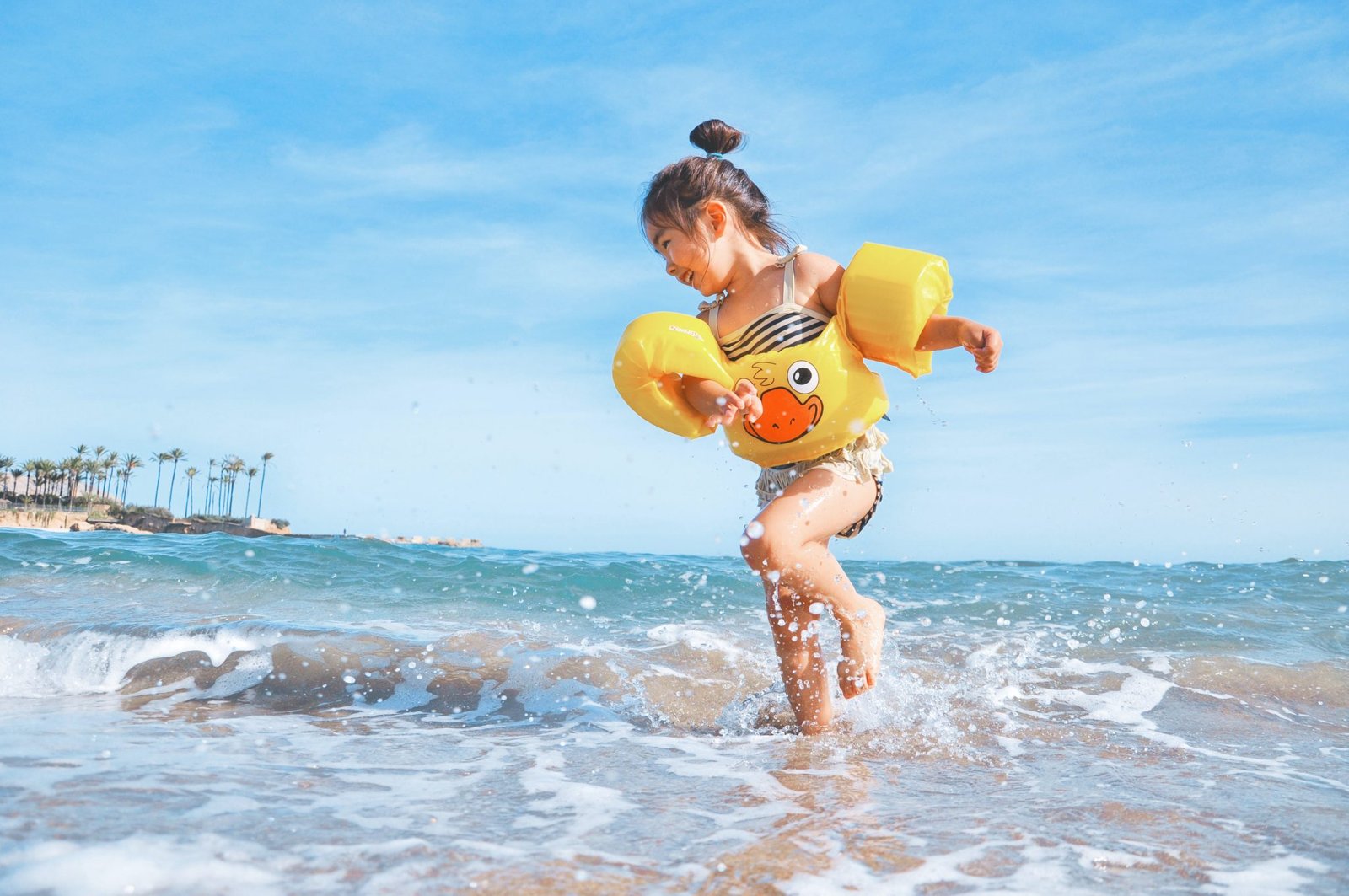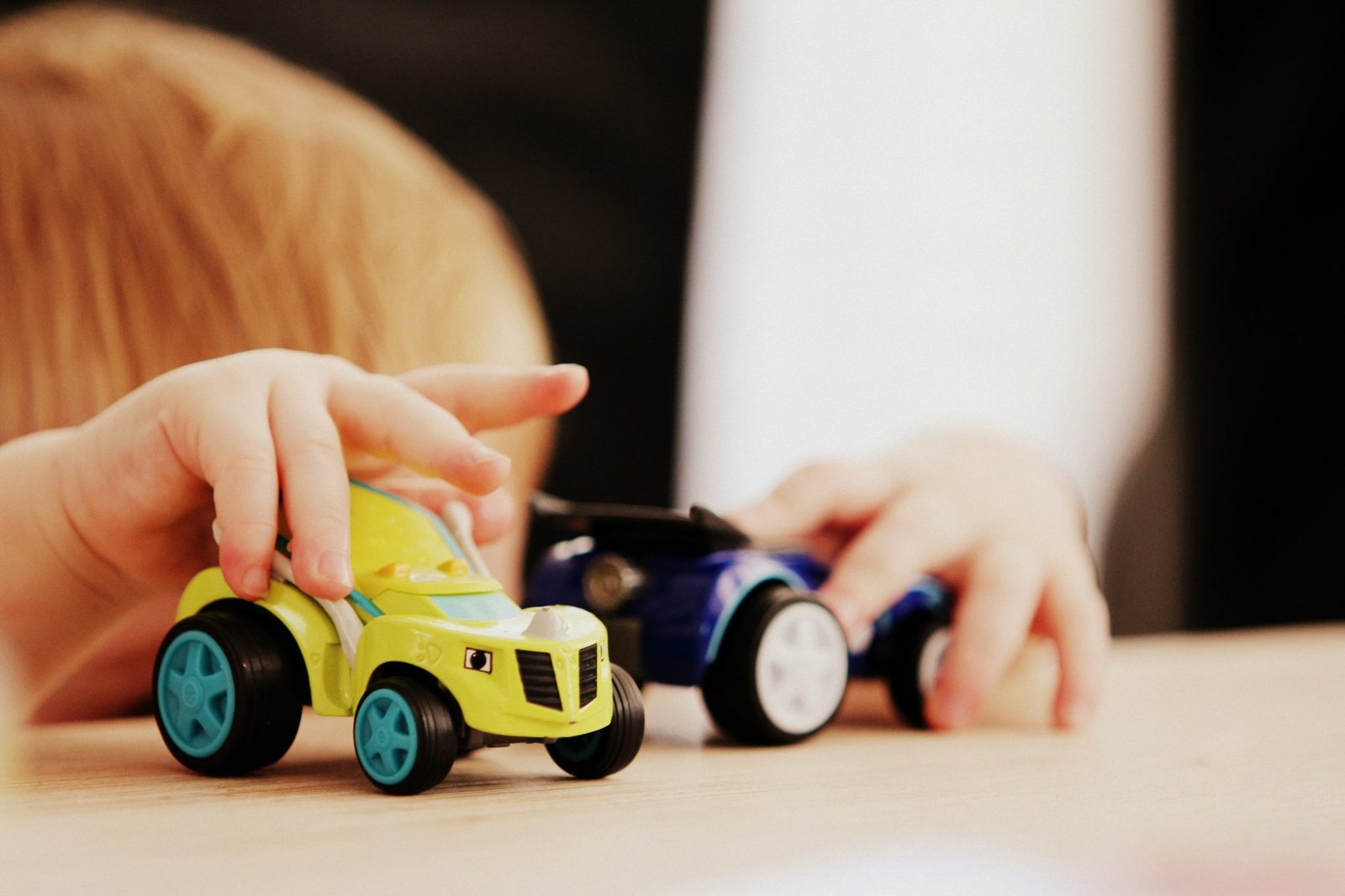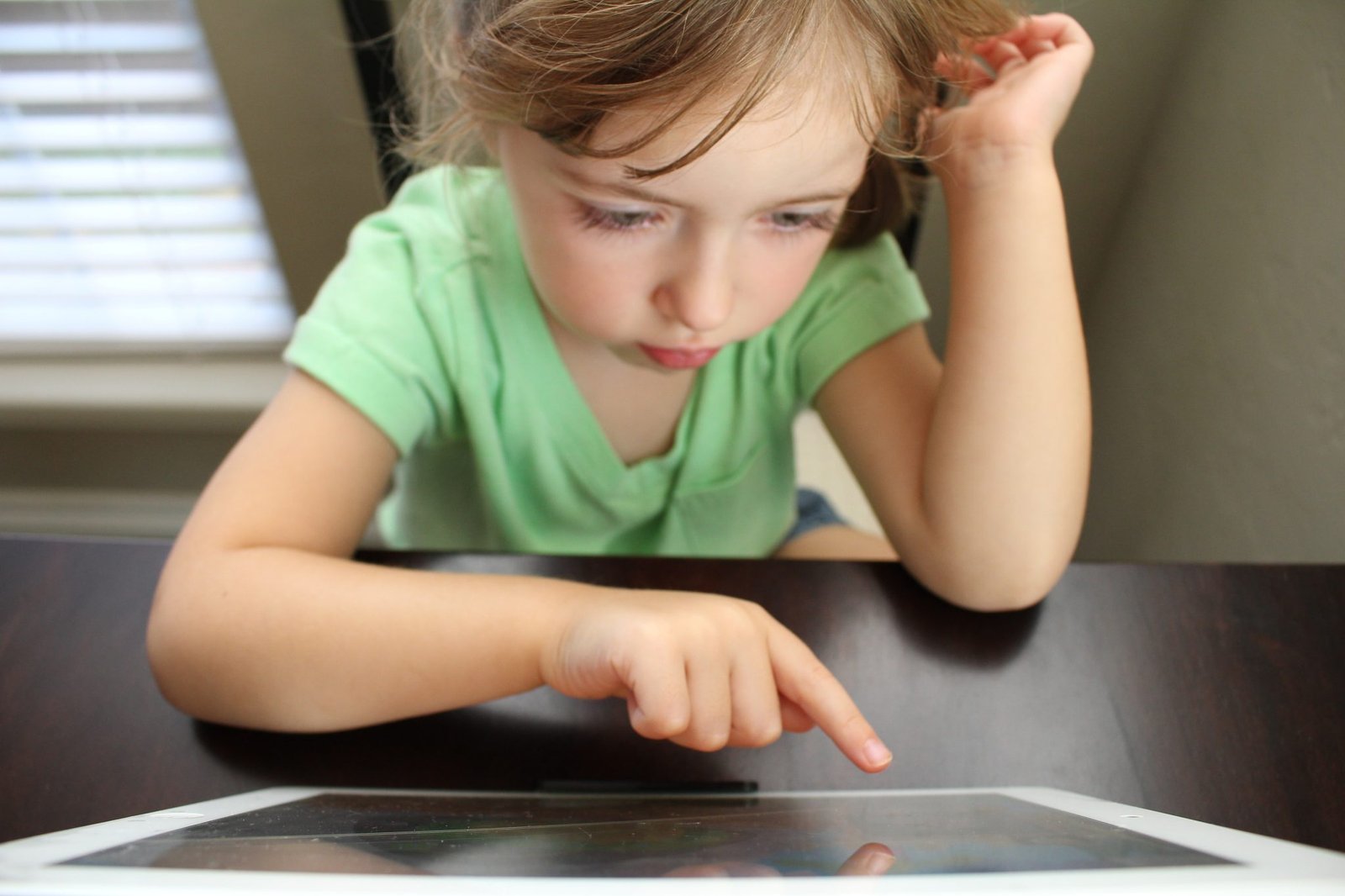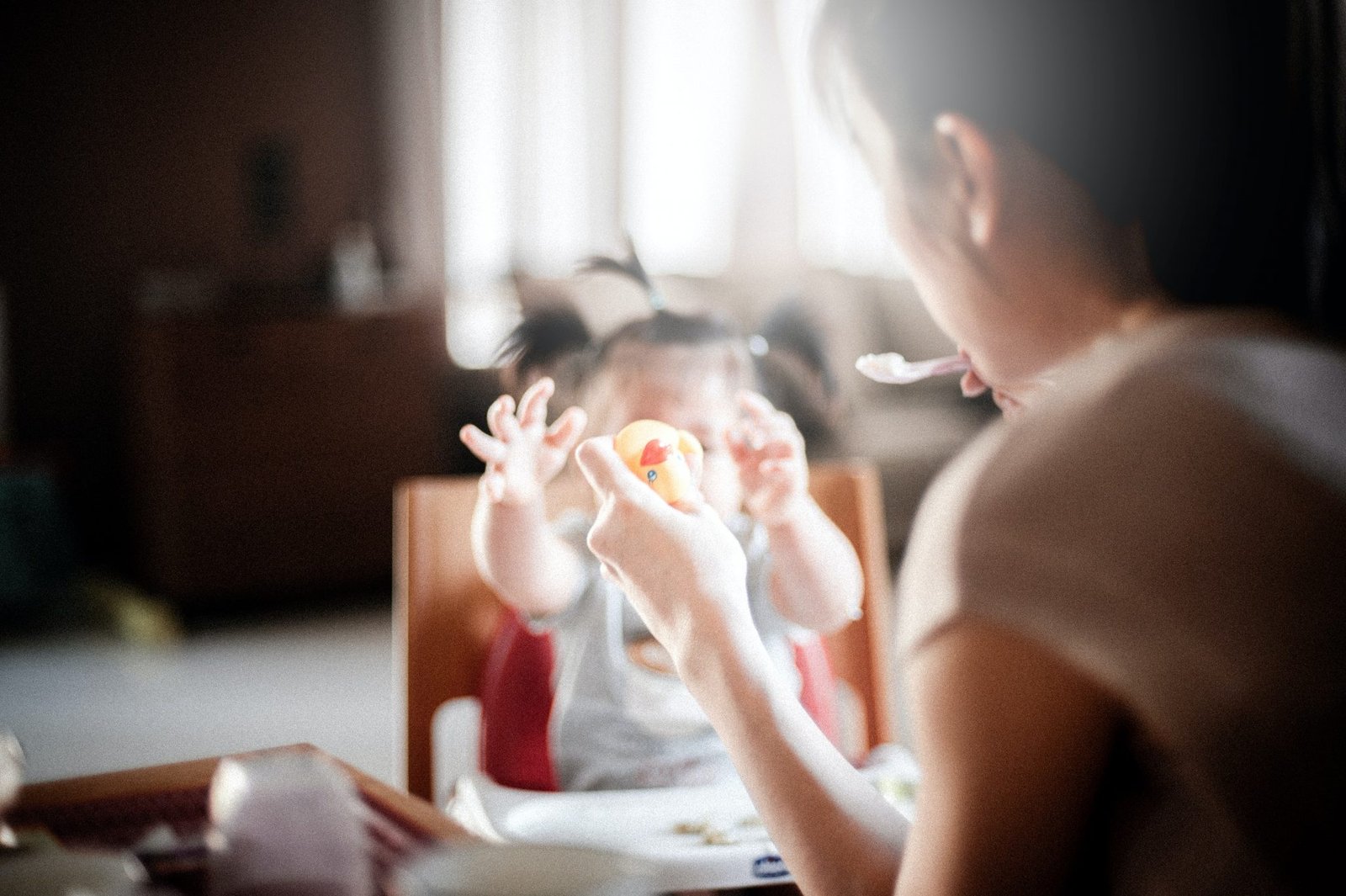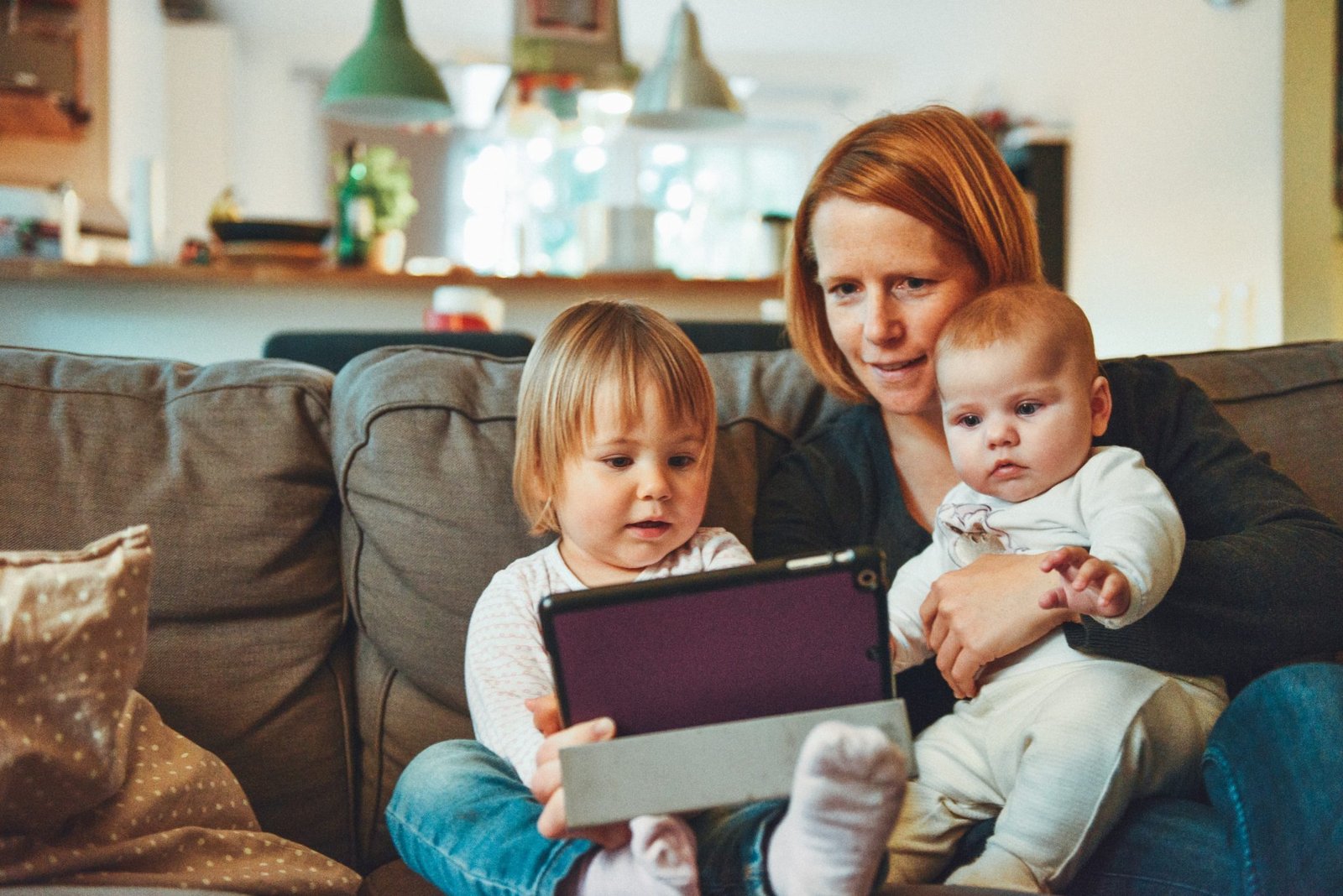
Tots And Tech? Nine Tips For Parenting Toddlers This Summer
While summer usually means barbecues, beach days, and family vacations, this summer promises to be very different due to the COVID-19 pandemic.
States around the country are slowly beginning to open back up, but everyday life is still far from being back to normal, which means parents will need to get more creative than ever to keep their young children healthy, happy, and mentally stimulated in the days and months ahead.
As part of their ongoing series aimed at helping parents navigate these uncertain times, Children and Screens teamed up once again with some of the top experts in the fields of parenting, education, and child psychology to bring you some new tips for the summer season that will help you make the most of this critical time in your child’s development.
STOP, DROP, AND PLAY
Parents are the first and most influential teachers a child will ever have, but more than that, they’re also first responders during this pandemic. Play is medicine for young children, so be sure to stop and drop what you’re doing regularly for short bouts of play. – Mary Gordon, Founder/President, Roots of Empath
TELL ME A STORY
With some prompting and support, you can help your child develop their language and storytelling skills while spending quality time together.
Take photos and videos next time your child is playing with puppets or stuffed animals, building with blocks, or drawing with chalk on the sidewalk. Later, you can review the photos or videos together and invite your child to tell a story about what was happening in the town they built with their blocks, or what they drew with the chalk, or how they used the hose to fill up the plastic pool. – Katie Paciga, Associate Professor of Education, Columbia College Chicago
FLIGHTS OF FANTASY
Most children delight in letting their imagination run wild.
Give them the ‘driving seat” and belt up for a pretend adventure to the jungle, the Egyptian desert, the North Pole, or even the moon. Turn a room upside-down to create “caves” and let the fun begin! – Claire Hughes, Professor of Psychology and Deputy Director of the Centre for Family Research, University of Cambridge
GET CREATIVE
Kids get the most out of play when they can use materials like sand, water, paint, playdough, dress-ups, markers and paper, generic animals and people, and building materials like blocks.
That’s because these items encourage children to tell their own stories and invite them to incorporate their own feelings, imaginations, and experiences as they play. Media-based and defined toys overly influence how children play, which edges out kids’ needs and ideas, dampens their creativity, and minimizes the benefits of high-quality play. – Nancy Carlsson-Paige, Ed.D., Professor Emerita Lesley University, co-founder Defending the Early Years
GIMME A BREAK
Caregivers can get exhausted even in the best of times, so it’s important to take care of yourself so that you can effectively care for others.
Try to take some time each day to recharge. We don’t want to let our devices turn into full-time “digital babysitters,” but a bit of intentional screen time can provide a much-needed break for burned-out parents and guardians. When used well, screens can also provide great opportunities for kids to learn, have fun, and connect with loved ones. After a break, you’ll be able to reconnect with your kids by asking about what they watched or played. – Heather Kirkorian, Ph.D., University of Wisconsin-Madison
DON’T JUDGE A (DIGITAL) BOOK BY ITS COVER
Parents often worry that offering young children a digital book automatically destroys the opportunity for shared conversation, but there are ways to use screens jointly, just like with print books.
Step one: Talk about the difference between handing over a digital screen when you need a break versus planned reading time together. Step two: Use some of the same strategies you would with a print book, like connecting the story to your child’s personal experiences, imagining what happens next, or brainstorming alternative endings. Try reading both the print and digital versions of a book, and then talk with your child about the differences. – Naomi S. Baron, Professor of Linguistics Emerita at American University and author of Words Onscreen: The Fate of Reading in a Digital World
MAKE THE MOST OF MEALTIME
Children who engage in more conversations at home are better at processing language, which is essential for learning.
Mealtimes are an excellent opportunity to talk with your kids, so try to put all devices aside at the table and focus on the conversation. You can talk about something fun you did together recently, discuss plans for a future event, ask your child questions about how they’re feeling, share interesting facts you recently learned, or see if they have any questions for you. – Meredith Rowe, Saul Zaentz Professor of Early Learning and Development, Harvard University Graduate School of Education
FRESH AIR & FACETIME
We all need fresh air, and kids especially need to run and jump and build those bones. If you have children who are reluctant to go outside, tell them you’re going to make a video together to send to a family member who’s far away.
Ask them to tell you about what they’re doing and get them talking. Using this medium to solicit language from children accomplishes three things: it gets them outside and exercising, it invites them to narrate their activities, and it makes a far-away grandparent, aunt, or uncle very happy! When your children talk about what they’re doing, they’re improving their language development, especially when you ask them to clarify what they mean. – Roberta Michnick Golinkoff, Unidel H. Rodney Sharp Professor of Education at the University of Delaware
NURTURE IN NATURE
Outdoor time is great for parents and kids alike. The evidence is clear that nature-based experiences contribute to relaxation, reduced stress, and overall health and well-being.
Playing outdoors stimulates children’s creativity, self-confidence, and resilience. Time together in nature also helps make shared memories and strengthens family ties. Wherever you live, look for ways to get outside with your children in order to learn, play, explore, and adventure. From birdwatching to growing a garden, making mud pies to having a picnic, nearby nature is an endless source of healthy and healing connections. – Cheryl Charles, Ph.D., Co-Founder and CEO Emerita, Children & Nature Network
While this summer will most certainly present new challenges for children and parents of all ages, it will also present unique opportunities for bonding, connection, and growth. We hope these tips will help you make the most of the summer months with your little ones while staying safe and healthy.
Children and Screens: Institute of Digital Media and Child Development is a 501C(3) national non-profit organization founded by Dr. Pamela Hurst-Della Pietra. Children and Screens advance and support interdisciplinary scientific research, enhances human capital in the field, informs and educates the public, and advocate for sound public policy for child health and wellness.
